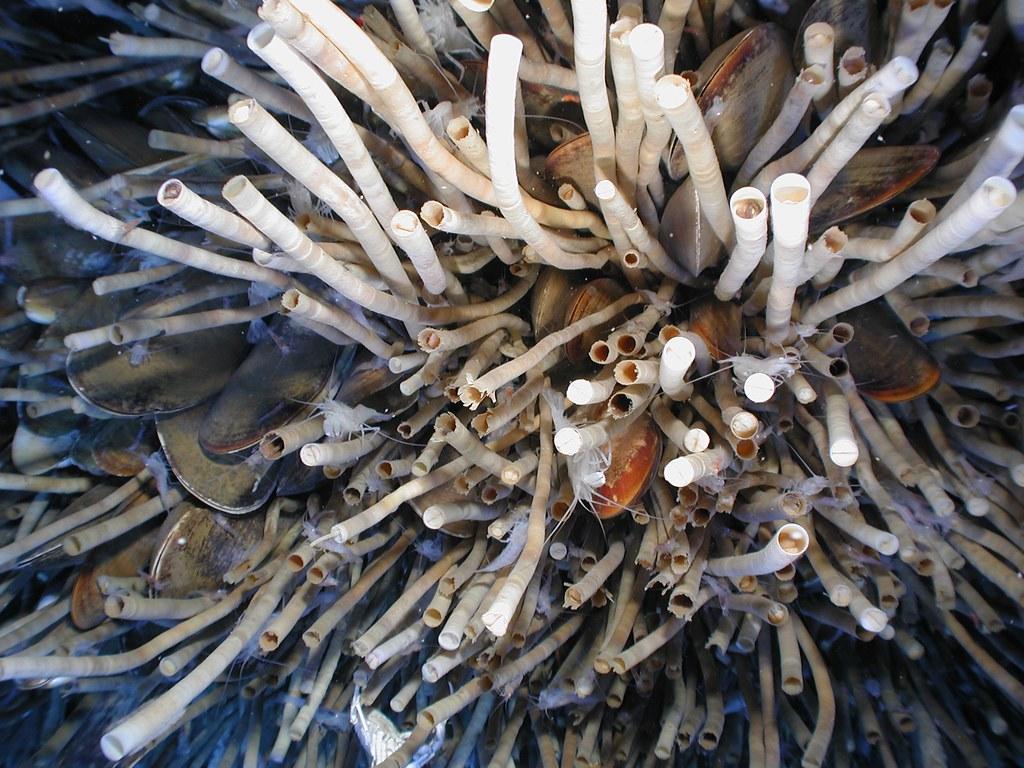The WaterWord: Chemoherm
Definition:
- Chemoherms are carbonate rock formations that have built up around methane seeps from the bodies of creatures that live near the methane seeps and rely on them for food, either directly or by consuming the organisms that live off the methane.
Etymology:
- Chemoherm is made up of chemo- and herm. Chemo- comes from chemistry, which itself comes from alchemy, which has uncertain origins. It seems to be a mix of an old name for Egypt, Khemia, and the Greek word khymeia, meaning “to pour out.” Herm, meanwhile, comes from the ancient Greek word herma, meaning “reef.”

Use/Significance in the Earth Science Community:
- Chemoherms are significant geologic features on the seafloor and study of them can indicate what kinds of organisms were living around the methane seep that led to the creation of the chemoherm.
U.S. Geological Survey/Schmidt Ocean Institute Use:
- USGS and SOI are collaborating on a research cruise off the coast of Oregon and Washington that will study methane seeps in a region known as the continental margin. It is likely that near these seeps will be chemoherms.
Next WaterWord: Bathymetry

